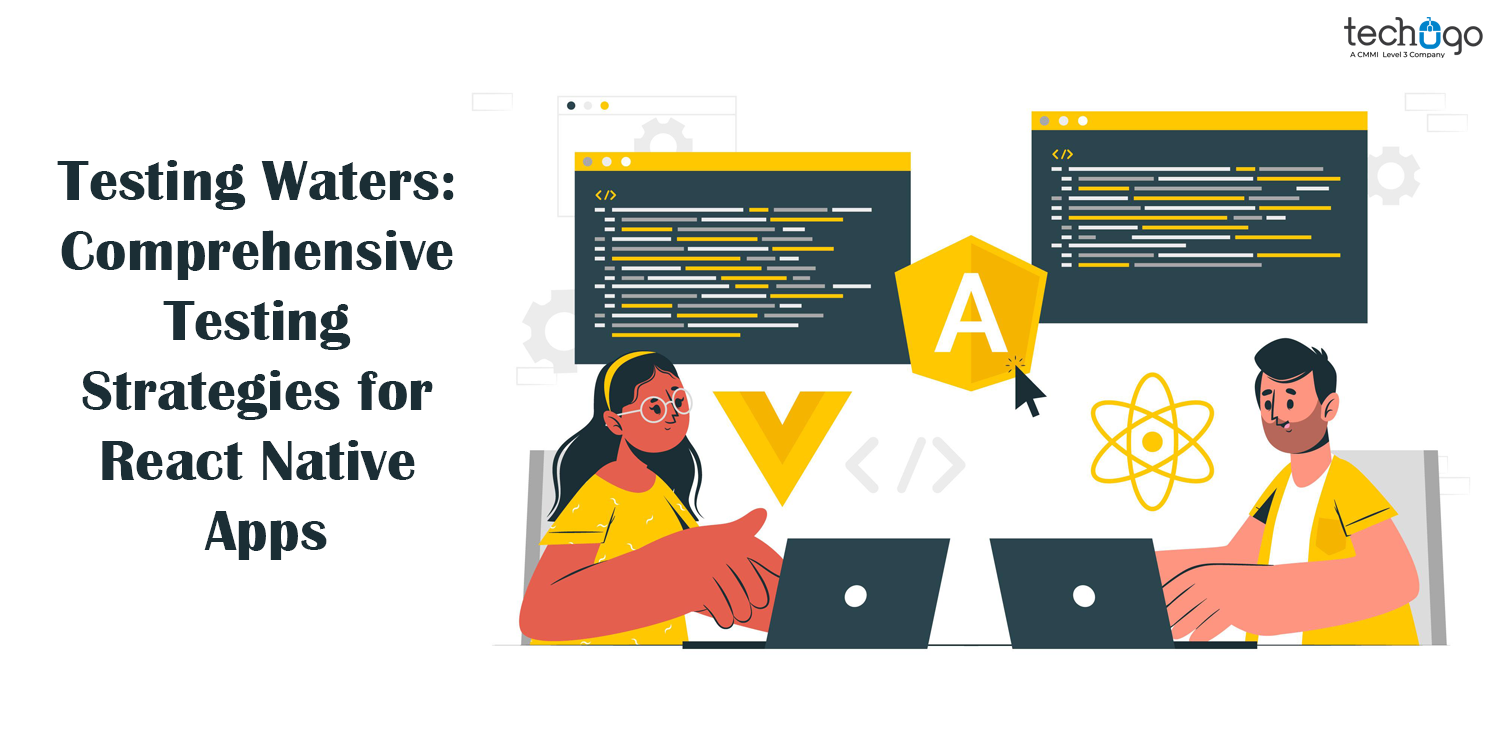
In the fast-evolving realm of app development, ensuring the robustness of your React Native app is paramount. This article explores “Testing Waters: Comprehensive Testing Strategies for React Native Apps,” guiding you through effective testing methodologies and best practices.
The Importance of Testing in React Native Apps
Testing is the backbone of any successful app. For React Native, a framework renowned for its cross-platform capabilities, robust testing becomes even more critical. It ensures a seamless user experience across various devices and platforms.
Understanding Comprehensive Testing Strategies
Types of Testing
Unit Testing
Unit testing involves evaluating individual components or functions in isolation, validating their correctness. This granular approach helps identify and fix issues early in the development process.
Component Testing
Moving beyond units, component testing assesses the interactions and dependencies between different parts of your React Native app. This holistic view ensures the smooth integration of components.
End-to-End Testing
End-to-end testing simulates real user scenarios, verifying the functionality of your entire app. It provides a comprehensive evaluation, uncovering potential issues in the user journey.
Setting Up a Robust Testing Environment
Creating a conducive testing environment is crucial. This involves setting up the necessary tools, frameworks, and configurations to facilitate efficient and effective testing throughout the development lifecycle.
Best Practices for Testing React Native Apps
To achieve optimal results, adhere to best practices such as thorough documentation, version control, and collaborative testing efforts. This not only streamlines the testing process but also enhances overall code quality.
Leveraging Automated Testing Tools
Automation accelerates the testing process, allowing rapid feedback and reducing manual effort. Explore tools like Jest and Detox to automate unit, component, and end-to-end testing, boosting your development workflow.
Challenges in Testing React Native Apps
Despite the benefits, testing React Native apps comes with challenges. Compatibility issues, device fragmentation, and continuous integration hurdles can impede the testing process.
Overcoming Challenges with Smart Solutions
Address challenges head-on by embracing containerization, continuous integration, and device farms. These solutions enhance compatibility, streamline testing across devices, and integrate testing seamlessly into your development pipeline.
Real-world Examples of Successful Testing
Learn from real-world success stories where comprehensive testing strategies contributed to the success of popular React Native apps. Understand the strategies employed and how they positively impacted the user experience.
Key Metrics to Measure Testing Effectiveness
Monitoring key metrics like test coverage, execution time, and defect density provides insights into the effectiveness of your testing strategies. Regularly analyze these metrics to refine and optimize your testing approach.
FAQs
How often should I conduct testing?
Regular testing throughout the development process is essential. Aim for a balance between continuous integration testing and periodic comprehensive testing.
Which testing tools are best for React Native?
Popular tools include Jest for unit testing and Detox for end-to-end testing. Choose tools based on your specific testing needs and project requirements.
Can testing be integrated into the development process?
Absolutely. Integrate testing seamlessly into your CI/CD pipeline to ensure continuous feedback and catch issues early in the development cycle.
How does testing impact app performance?
Effective testing positively influences app performance by identifying and rectifying bottlenecks, ensuring a smoother user experience.
Is manual testing still relevant for React Native?
While automated testing is crucial, manual testing remains relevant for exploratory testing and assessing the user experience from a subjective perspective.
What role does continuous testing play in app development?
Continuous testing ensures that any changes or updates to your app are thoroughly validated, maintaining a high level of quality throughout the development lifecycle.
Conclusion
Navigating the waters of React Native app testing requires a comprehensive strategy. By understanding the nuances, leveraging automation, and addressing challenges strategically, you can ensure your app sails smoothly. Embrace testing as an integral part of your development journey, enhancing the reliability and success of your React Native apps. Simultaneously, choose a React Native app development company that aligns with your project goals, ensuring a seamless and successful development process.